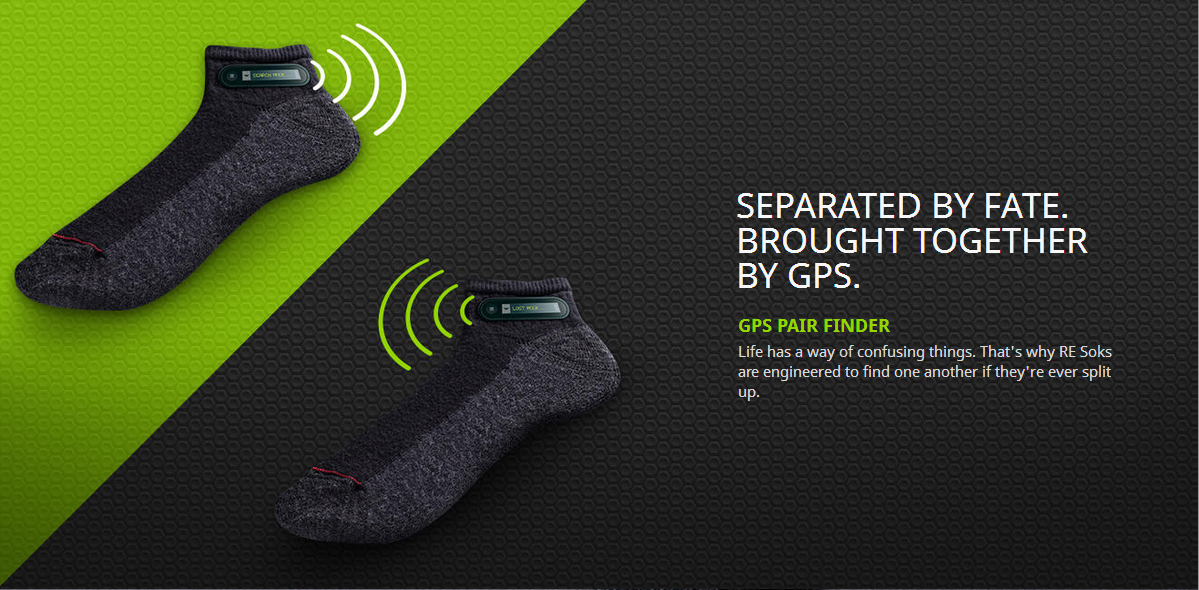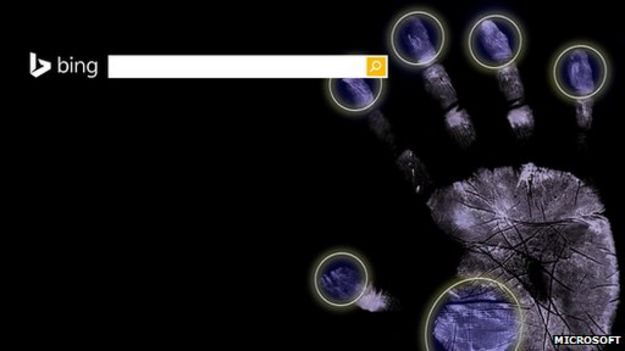There is a lot of unease in the WiFi camp because LTE-LAA may hog the 5GHz spectrum that is available as license-exempt for use of Wi-Fi and other similar (future) technologies. Even though LAA may be more efficient as claimed by some vendors, it would reduce the usage for WiFi users in that particular spectrum.
As a result, some vendors have recently proposed LTE/WiFi Link Aggregation as a new feature in Release-13. Alcatel-Lucent, Ruckus Wireless and Qualcomm have all been promoting this. In fact Qualcomm has a pre-MWC teaser video on Youtube. The demo video is embedded as follows:
The Korean operator KT was also involved in demoing this in MWC along with Samsung and Qualcomm. They have termed this feature as LTE-Hetnet or LTE-H.
The Korean analyst firm Netmanias have more detailed technical info on this topic.
Link aggregation by LTE-H demonstrated at MWC 2015 (Source: Netmanias)
As can be seen the data is split/combined in PDCP layer. While this example above shows the practical implementation using C-RAN with Remote Radio Head (RRH) and BaseBand Unit (BBU) being used, the picture at the top shows LTE Anchor in eNodeB. There would be a need for an ideal backhaul to keep latency in the eNodeB to minimum when combining cellular and WiFi data.
Comparison of link level Carrier Aggregation technologies (Source: Netmanias)
The above table shows comparison between the 3 main techniques for increasing data rates through aggregation; CA, LTE-U/LAA and LTE-H/LWA. While CA has been part of 3GPP Release-10 and is available in more of less all new LTE devices, LTE-U and LTE-H is new and would need modifications in the network as well as in the devices. LTE-H would in the end provide similar benefits to LTE-U but is a safer option from devices and spectrum point of view and would be a more agreeable solution by everyone, including the WiFi community.
A final word; last year we wrote a whitepaper laying out our vision of what 4.5G is. I think we put it simply that in 4.5G, you can use WiFi and LTE at the same time. I think LTE-H fulfills that vision much better than other proposals.






















